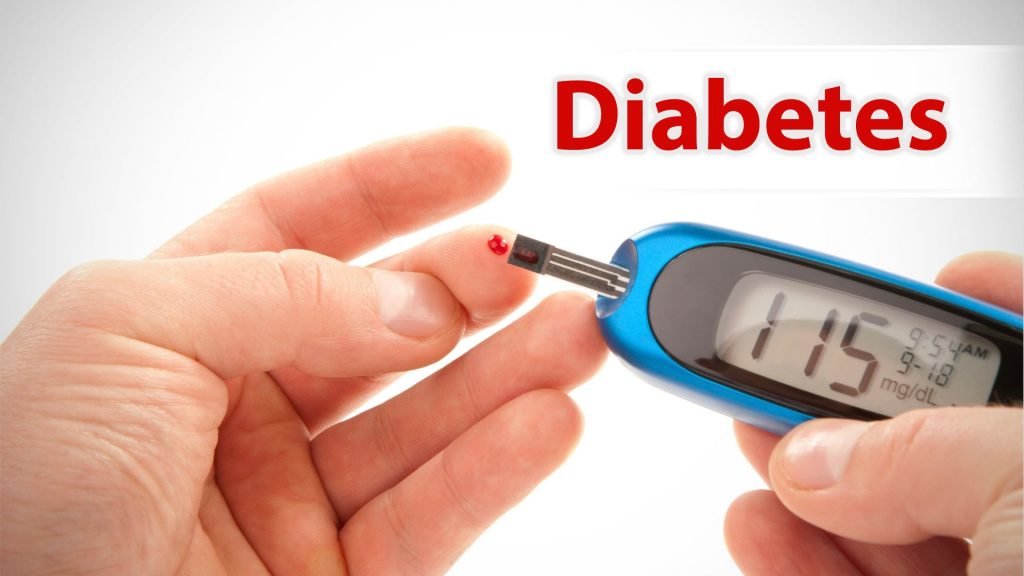- Physical activity is beneficial for people with diabetes, but blood glucose levels need to be checked before starting to do sport
People with diabetes need to monitor their blood glucose levels in their organism. One of the keys to avoiding problems is to take care of their diet, but physical exercise also plays a more important role than we might think.
Specifically, type 1 diabetes is characterised by the fact that people do not have the capacity to produce enough insulin through the pancreas. Insulin is a hormone that is essential for the organism’s absorption of glucose.
Therefore, people with type 1 diabetes also need to constantly monitor their blood glucose levels to prevent further health problems. It is not only diet that is part of the key habits of people with diabetes.
Sport is also a key factor that can influence blood glucose peaks. This is why it is important to understand the relationship between physical exercise and type 1 diabetes.
How sport influences blood glucose levels
People with type 1 diabetes have to monitor their blood glucose levels almost every day. Normally, this monitoring is carried out after meals, to find out how your body reacts to certain foods.
It should be noted that people with diabetes are not forbidden to eat any particular food. However, it is advisable to limit different types of food, such as those rich in carbohydrates, which increase blood glucose levels considerably.
But it is also important to know that sport and physical exercise is a highly beneficial habit for people with both type 1 and type 2 diabetes.
Moreover, physical exercise is so positive that it can help to prevent diabetes during the adolescent period.

However, it is necessary to regulate physical activity. A high level of intensity can cause hypoglycaemic episodes (a drop in blood glucose levels) in some people.
Checking blood glucose levels before starting activity
To avoid problems such as hypoglycaemia during physical activity, it is recommended that people with diabetes check their blood glucose levels before, during and after exercise. This is a way of finding out how each organism reacts to the sporting stimulus.
Diabetes experts sometimes advise people with diabetes to balance their blood glucose levels if necessary before starting physical exercise. Thus, it is important to consider different ranges of glycaemic values:
1. In the case of blood glucose levels below 100 mg/dL, which is considered low, it is advisable to incorporate a small carbohydrate supplement of 5 to 10g before starting physical activity. In any case, it is not advisable for people with diabetes to engage in physical activity with blood glucose levels below 90 mg/dL.
2. Optimal blood glucose levels for physical activity are between 100 and 250 mg/dL. However, it should be borne in mind that a significant rise in blood glucose levels can occur if the intensity of exercise is high and the exercise is performed in short periods of time.
3. Finally, if blood glucose levels before starting exercise are above 250 mg/dL (hyperglycaemia), it is advisable to postpone sport for another time when blood glucose values are at normal levels.
This article first appeared in https://www.tododisca.com/how-exercise-affects-blood-glucose-levels-health/

